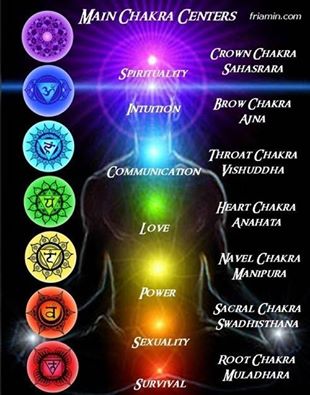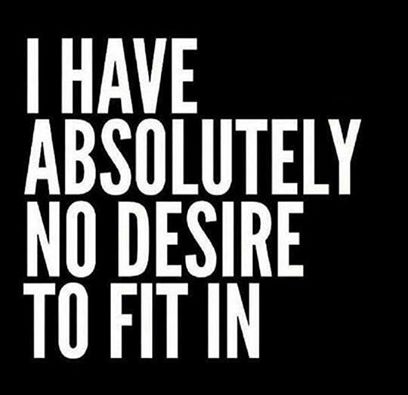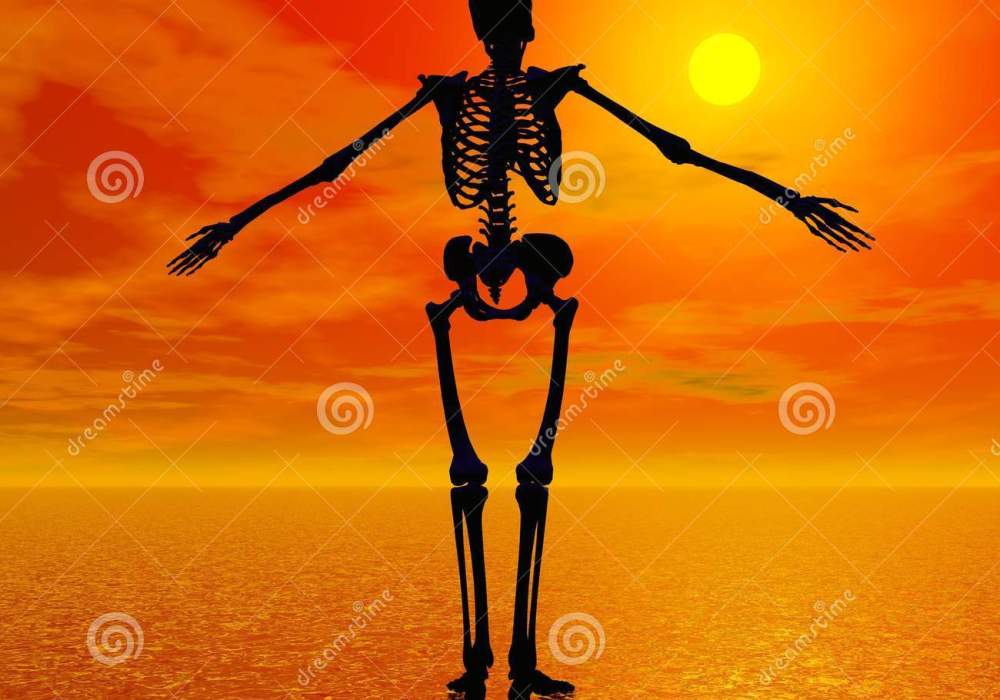In Warrior I, your hips and shoulders will square. You’ll scissor the inner thighs towards each other and internally rotate the back thigh. The front thigh externally rotates and the inner knee is on top of the ankle. I always say the knee itself should point the same directions as toes 2 and 3. Peek at your big toe out of the corner of your eye – you should be able to see it.
In Warrior II, your hips and shoulders are open. You will externally rotate both legs and take out any excessive curve in the lumbar spine. Send the direction of the tailbone straight down (I hesitate to tell people to “tuck” their tailbone or to “scoop” it forward, although sometimes I exaggerate a physical cue in order to get the desired effect). Have the shoulder blades soft, not pinching together, and the arms should have the gentle tension of pushing down on water.
Heel to heel alignment is often touted, although some may enjoy front heel to back arch. Pretend a straight line is drawn from heel to heel and then soften to front sitbone to sit over that line.
Alignment in lunging poses like crescent, the Warriors, and standing asymmetric poses like triangle and such: Knees should not reach past the ankle, especially if the heel is coming off the floor. With a little increased ankle flexibility, you might have some wiggle room and still maintain stability in the knee joint. It’s just a good rule of thumb to keep the knee on top of the ankle when you’re doing standing poses.
The back foot will change angles in WI and WII. WI’s back foot will use a 45 degree angle as a median, but be sure to find a comfortable angle. Some will need a smaller angle, especially if the knees are a bit bowed or the ankle and foot flexibility is lacking. Also, squaring the shoulders may require a gentle twist in WI as many people will not be able to perfectly square their hips in this pose, meaning the shoulder of the back leg may drift back. Use the core/bandhas to gently pull the navel up and towards the opposite armpit to create square shoulders.
Transitioning from WI to WII often requires a lengthening of the stance, meaning the feet get farther away from one another and you take up more room on the mat. WII’s angle gets larger, where the pinky edge of the foot is typically parallel with the back of your mat. Again, if any pain is caused in the knee or ankle, adjust the foot to find comfort. Taking the toes inward can help align/open the hips better for many people. The real test here is to see where you feel the best fluidity in the breath; if the body and joints can ebb and flow with the breath, you likely have found the best alignment for you at that moment.
Be sure to feel equal weight in all four corners of the feet. I like to think of a diagonal line that goes from pinky ball to inner heel and big toe ball to outer heel. Then where the lines of energy crisscross there would be a gentle lifting. The back foot tends to be forgotten in these two poses, and so sometimes lifting the toes can help one gain feedback as to whether they are favoring one side of the foot or not.
Learn the difference between Warrior I and Warrior II, and practice transitioning between the two, back and forth. It’s a common transition in most yoga classes and standing sequences, so practice it with mindfulness and compassion for your body. Happy breathing!





